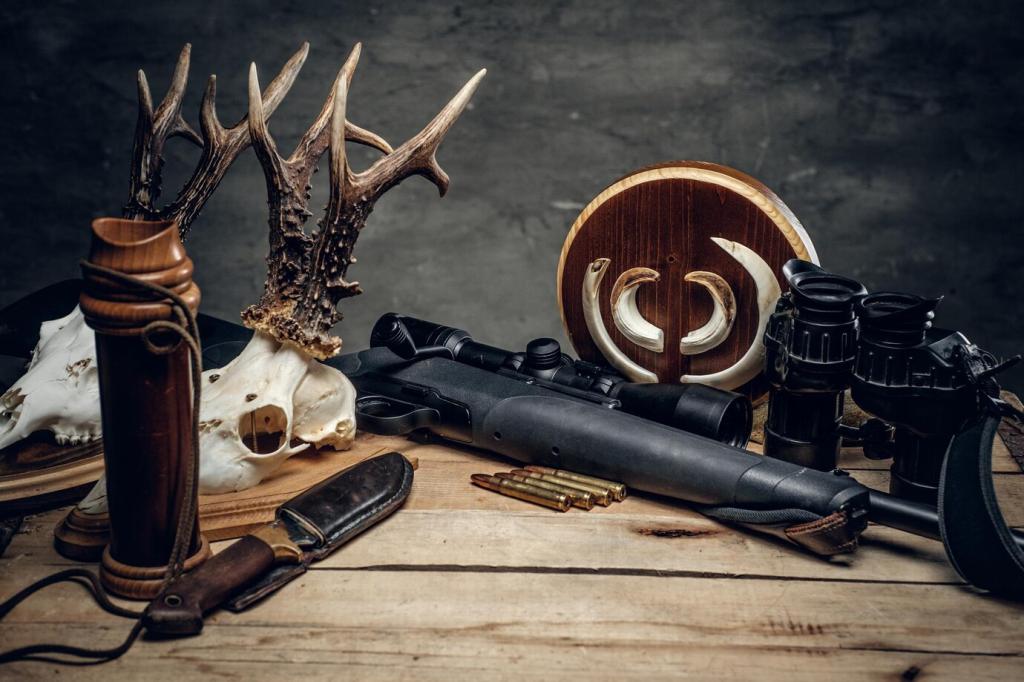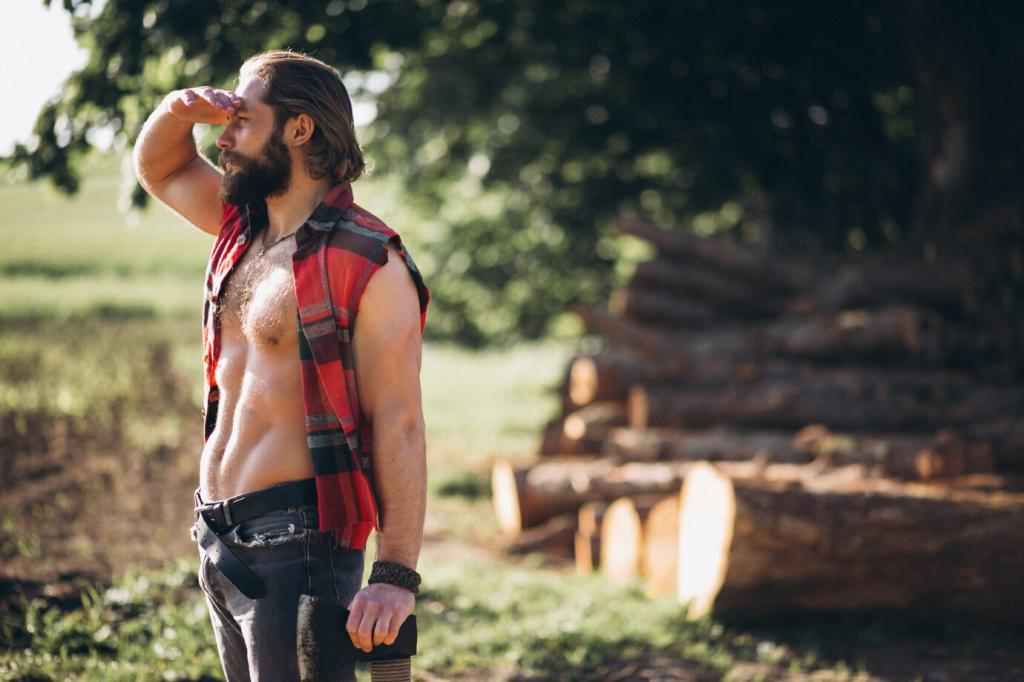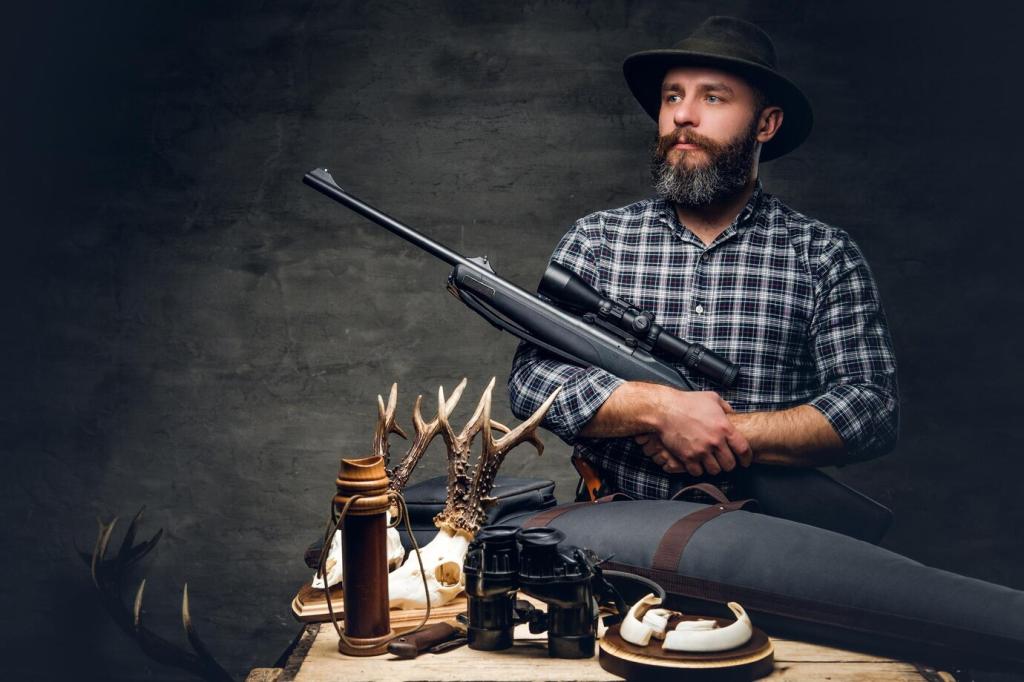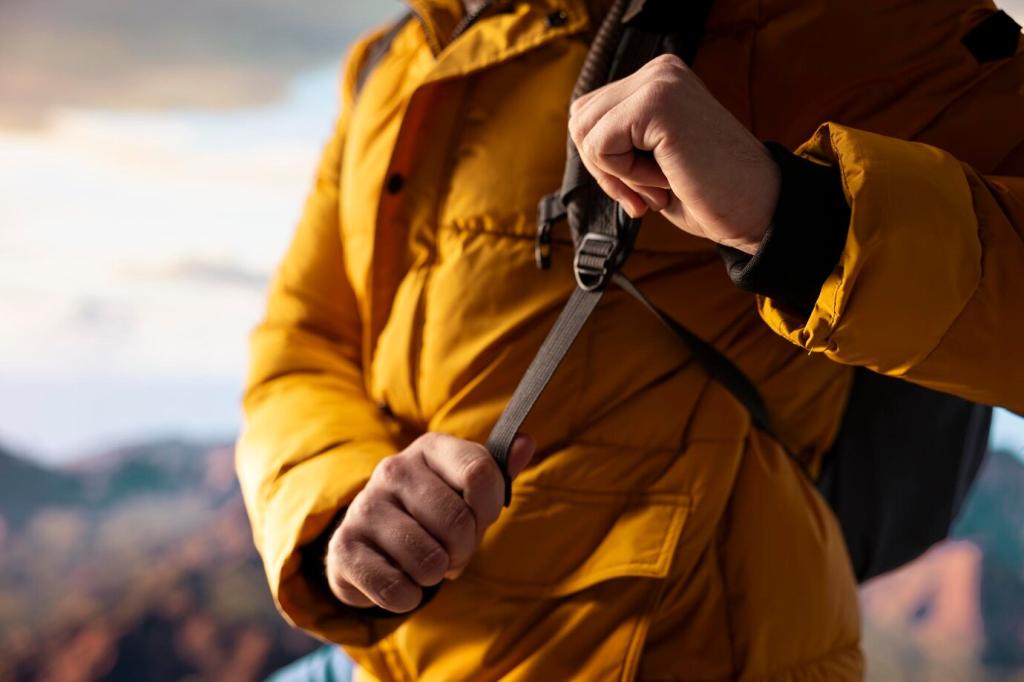Traction, Stability, and Quiet Steps
Aggressive, self-cleaning lugs shed sticky clay and grab in snow. Softer rubber grips ice but can wear faster on rock. Deep channels clear slush between steps. Which outsole pattern keeps you upright crossing frozen creek edges?
Traction, Stability, and Quiet Steps
EVA midsoles cushion, while nylon or steel shanks stabilize under heavy packs and steep angles. Insulation adds volume, so balanced support preserves foot feel. Which pack weight pushes you to choose a stiffer platform?







